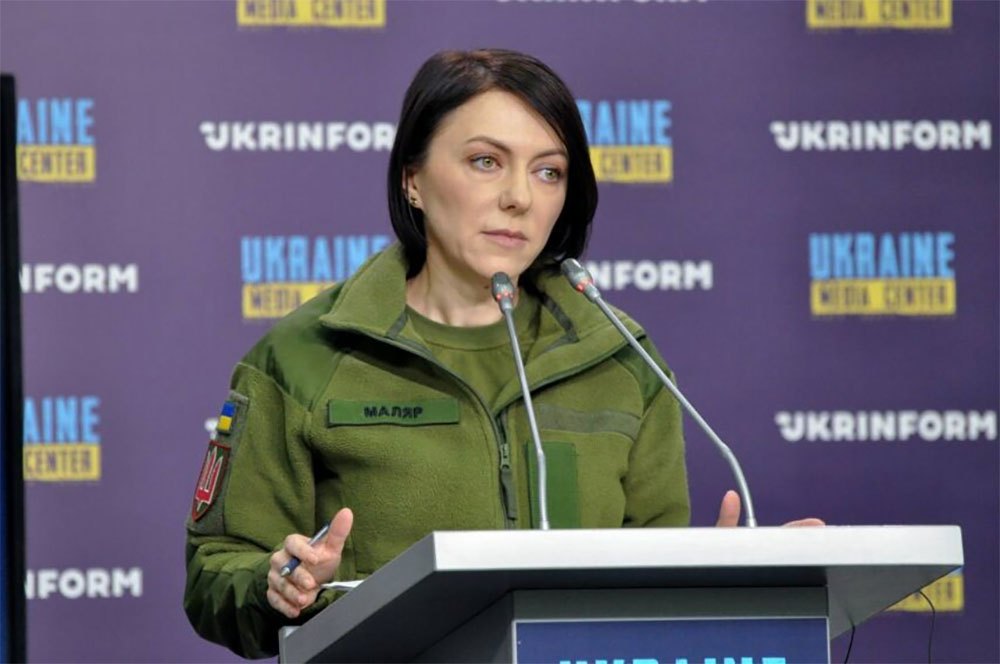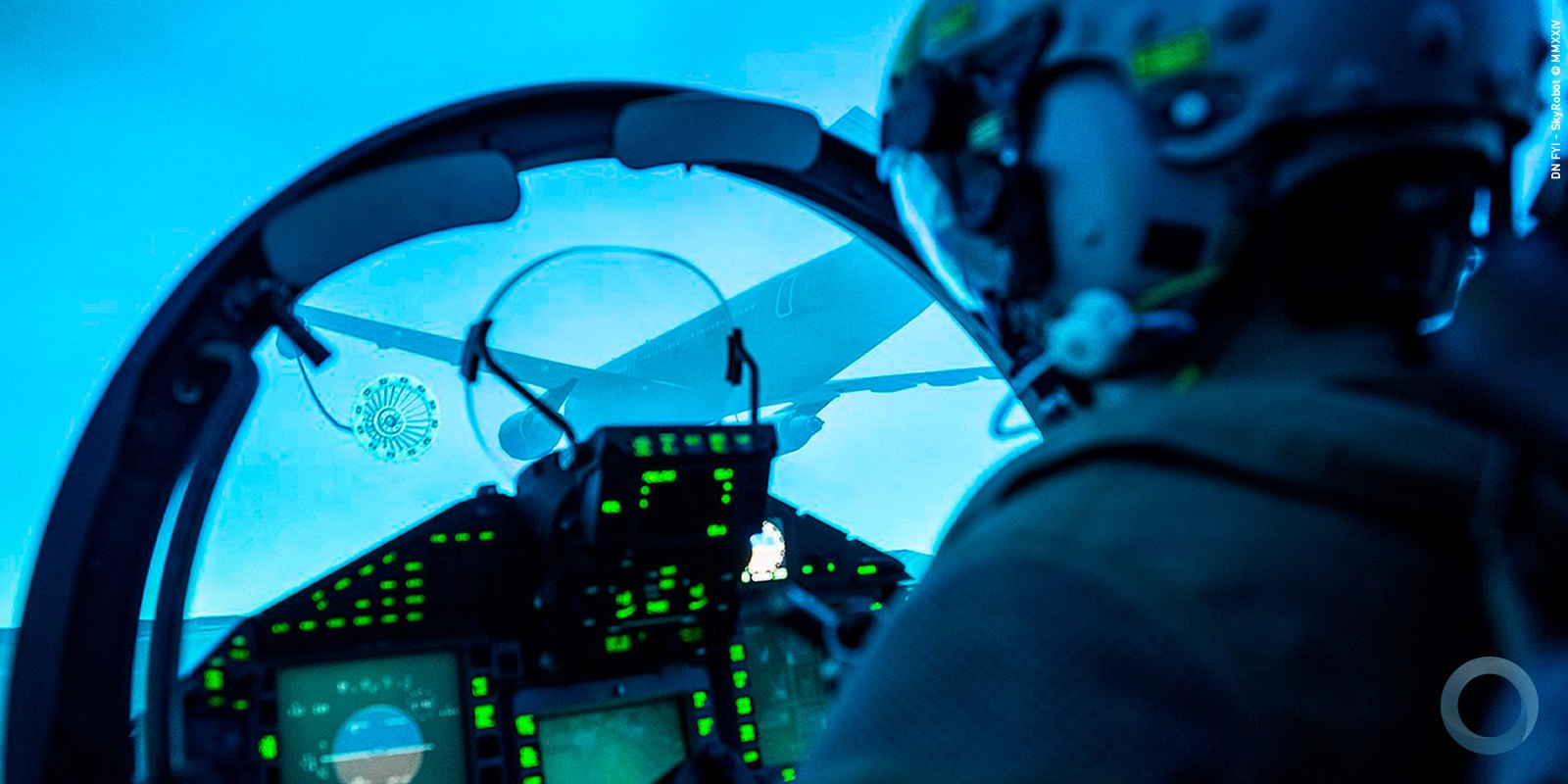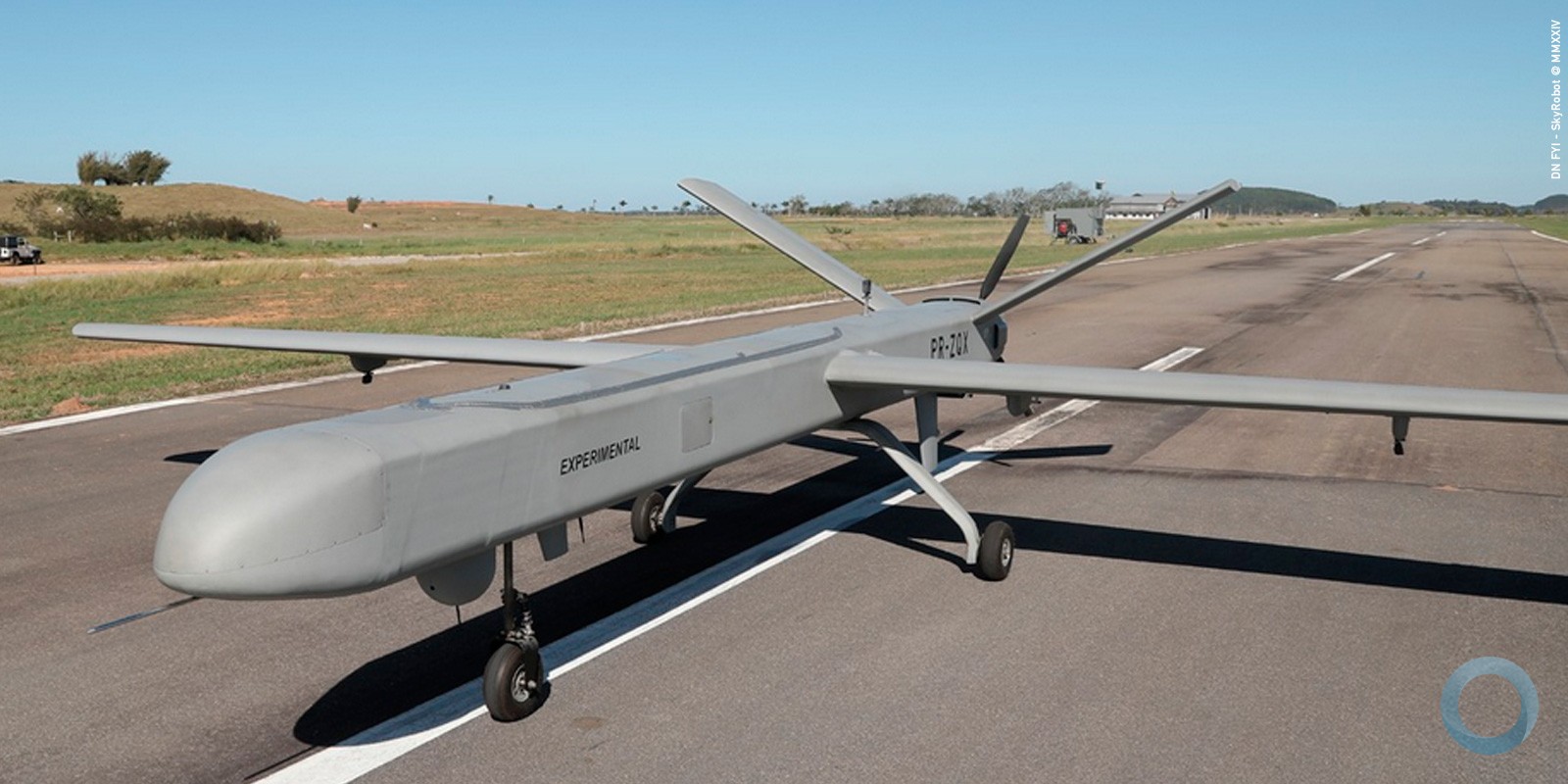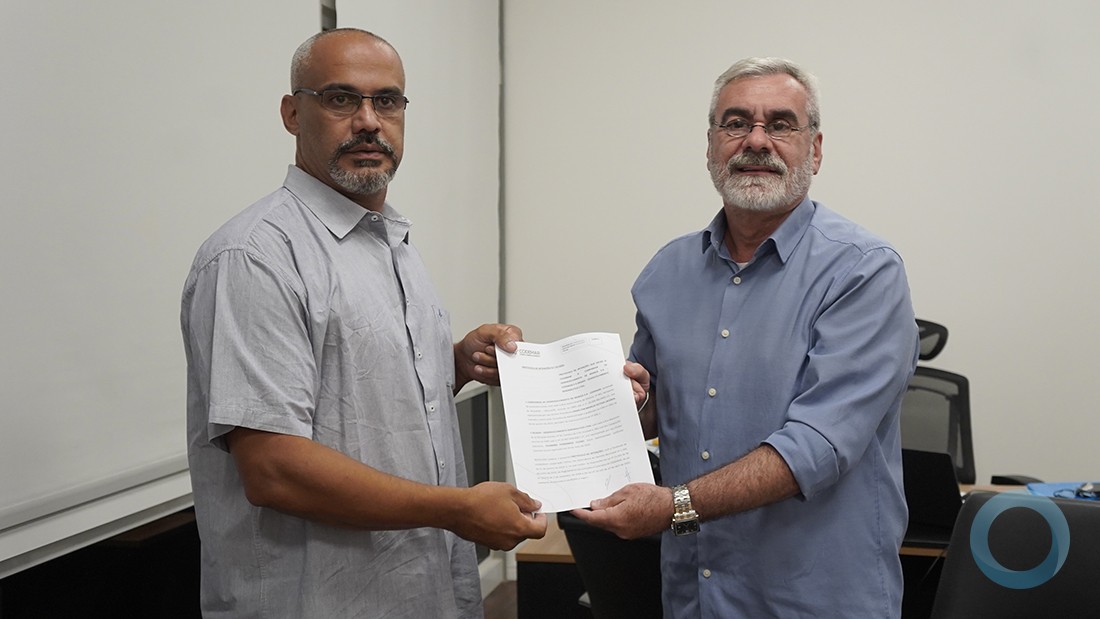Aya Ingel – Israeli Air Force
When thinking about an Israeli Air Force strike, the first image that comes to mind is one of a speeding jet soaring through the sky, fully loaded with highly advanced munitions, led by determined aircrew members. What we don't always immediately think about, however, is the incredible attention to detail when planning and carrying out each mission.
How do aircrew members know exactly where and when to strike? Our reporter visited the command room at the IAF headquarters to find out more about the process.
When carrying out an air strike, particularly in the dense airspace over the Gaza Strip, the leading priority is neutralizing the target, while avoiding harm to uninvolved men, women, and children. But what does all of that really mean?
Every fighter jet that flies over the Gaza Strip and strikes a terrorist rocket launcher or weapons storage facility – goes through a long and meticulous process. What are the stages that a mission must go through before the munitions are deployed and the target is destroyed?
Intelligence Gathering
After a target is identified as a threat to Israeli and Gazan civilians, the relevant information is passed on for further evaluation. Once it is declared a target, a detailed and intricate intelligence process begins – do any civilians live in close proximity? Is the target located near a school or a mosque? These details are gathered by intelligence bodies and transferred to the IAF, which then creates an operational plan.
Comprehensive Target Planning
The intel identifies a target, such as a large building full of missiles, and other weapons used for terrorist attacks. For the aircrew members to know exactly where the munitions must be directed at, there is an entire department in the IAF headquarters that focuses on target planning, and its purpose is to provide an exact location for the munitions to hit in order for the strike to be effective.
The department's officers select the ideal munitions that will maximize the effectiveness of the strike, while minimizing harm to civilians and surrounding property. They then decide on the specific angles at which the munitions will be deployed, and along with their soldiers, produce a definite location that leaves little to no room for error. The site is then reviewed by several personnel before final approval.
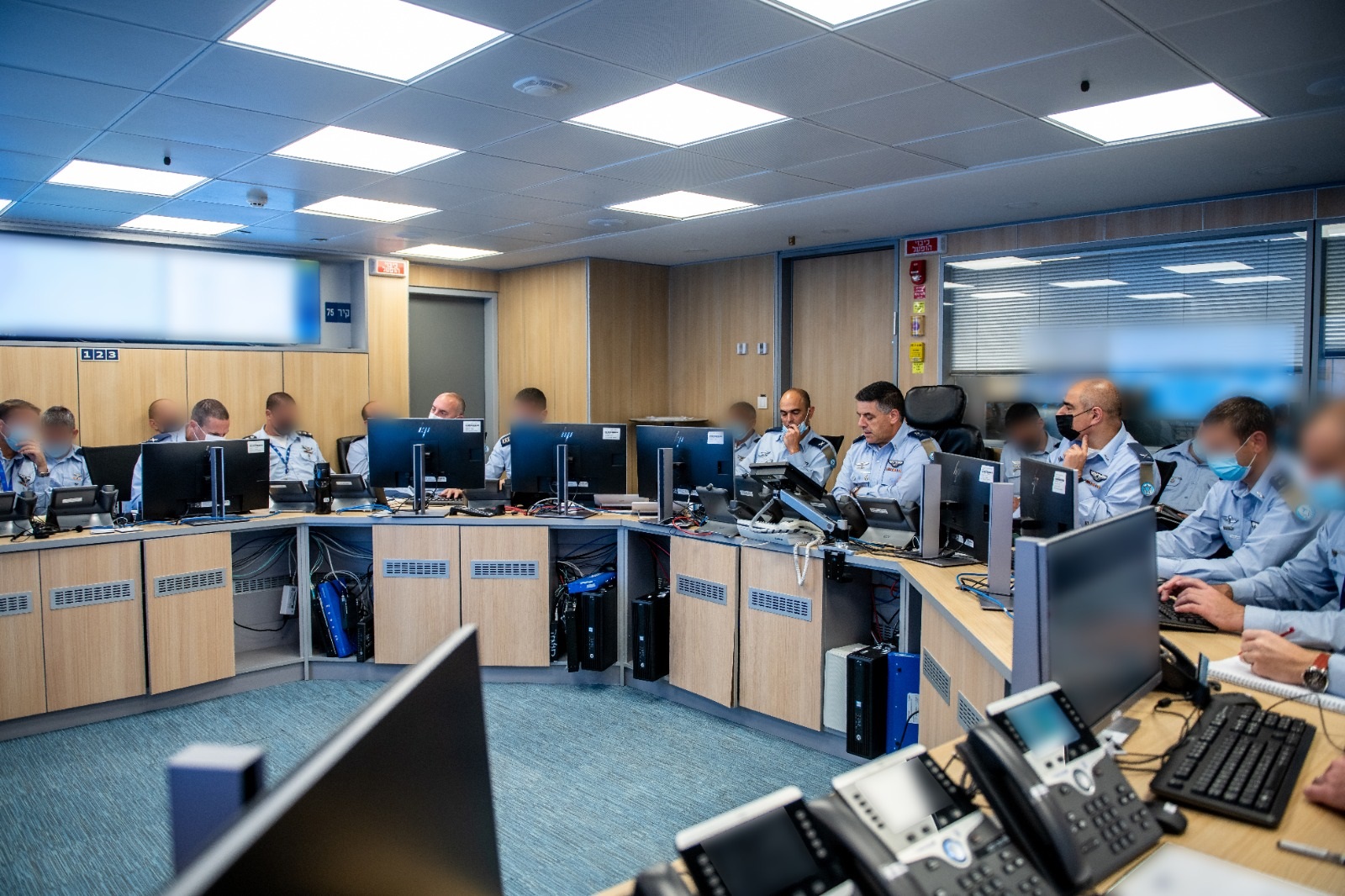
Squadron Selection
The next step is selecting the appropriate squadron to carry out each strike. This stage is carried out by a management department that maps out all of the gathered targets. Based on the intelligence from the field, the precise location, and the munitions – the department assigns the strike to a squadron, and decides the required number of aircraft for the task.
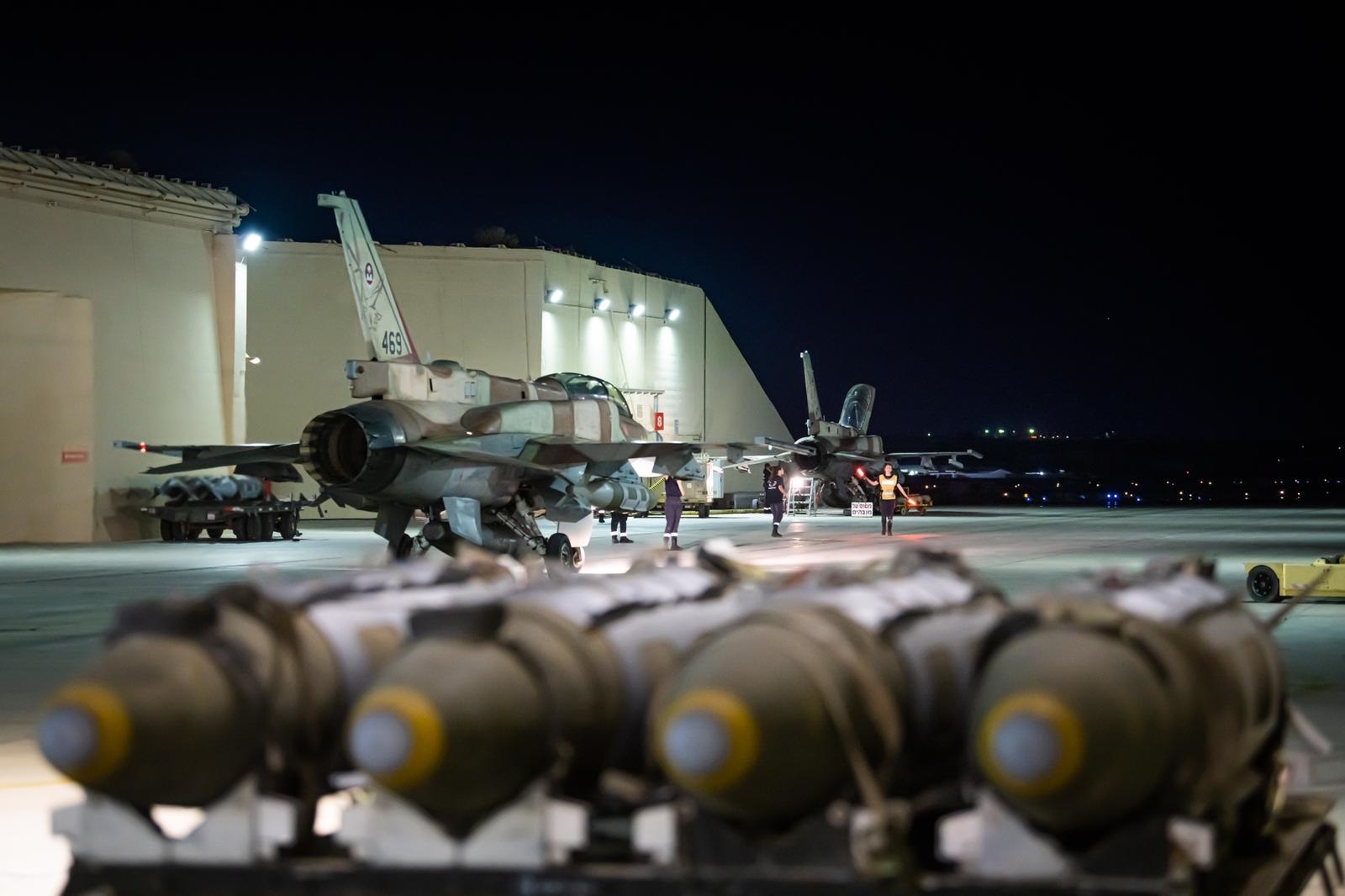
Command Room
This is where the mission begins. A live aerial image from an RPAV (Remotely Piloted Aerial Vehicle), as well as an organized table of the targets and area assessment, is displayed on giant screens in the command room. Fighter jets, attack helicopters, and RPAVs fly over the Gaza Strip.
Over 15 soldiers and officers sit in the command room with a massive amount of responsibility on their shoulders – they give the final approval for the strike. They must carefully assess the targets and ensure once again that no uninvolved civilians are harmed.
Under the control room commander are fighter and RPAV controllers who directly communicate with the squadrons, a target controller who is responsible for the final target approval, and an officer who oversees the entire process. Finally, two officers are present to give the final command.
On Saturday afternoon, one of the most critical targets was a terrorist rocket launcher, aimed at Israel's central cities. Within another half hour, four additional launchers aimed in the same direction were targeted.
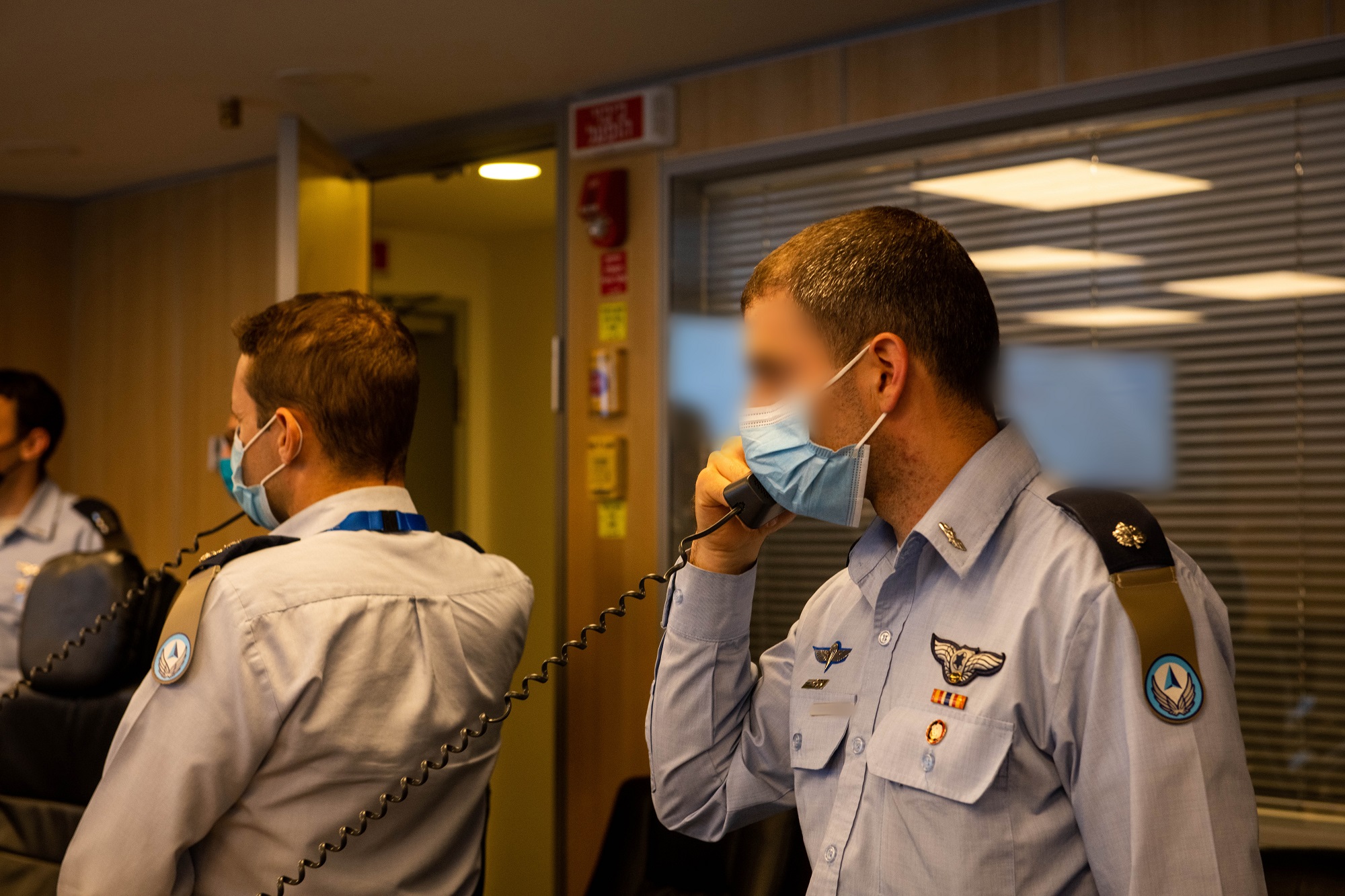
"Alfa"
As the strike approaches, the work pace in the command room increases. The controller in the command room updates the RPAV operators that the first target is clean. Then, the fighter jet nears the location, strikes it, and continues on to the next one. Two more targets are successfully hit with zero harm to uninvolved civilians. The RPAV shows the fourth target, but there's a problem – the operators identify civilians in the vicinity of the launcher.
The words "abort mission" are immediately heard over the communication system. The dangerous rocket launcher, which is expected to shoot at central Israel in just a few hours is so close to being destroyed. However, the moment civilians enter the picture, the command room will do everything in its power to stop the strike.
Only once the area is cleared, the fighter jet approaches the target again. "One minute to strike", says the fighter controller. "Half a minute, twenty seconds". "Munitions deployed". The room goes silent, and everyone's eyes are glued to the main screen. Suddenly an explosion is displayed and the we hear the word "Alfa", indicating that the target was struck.
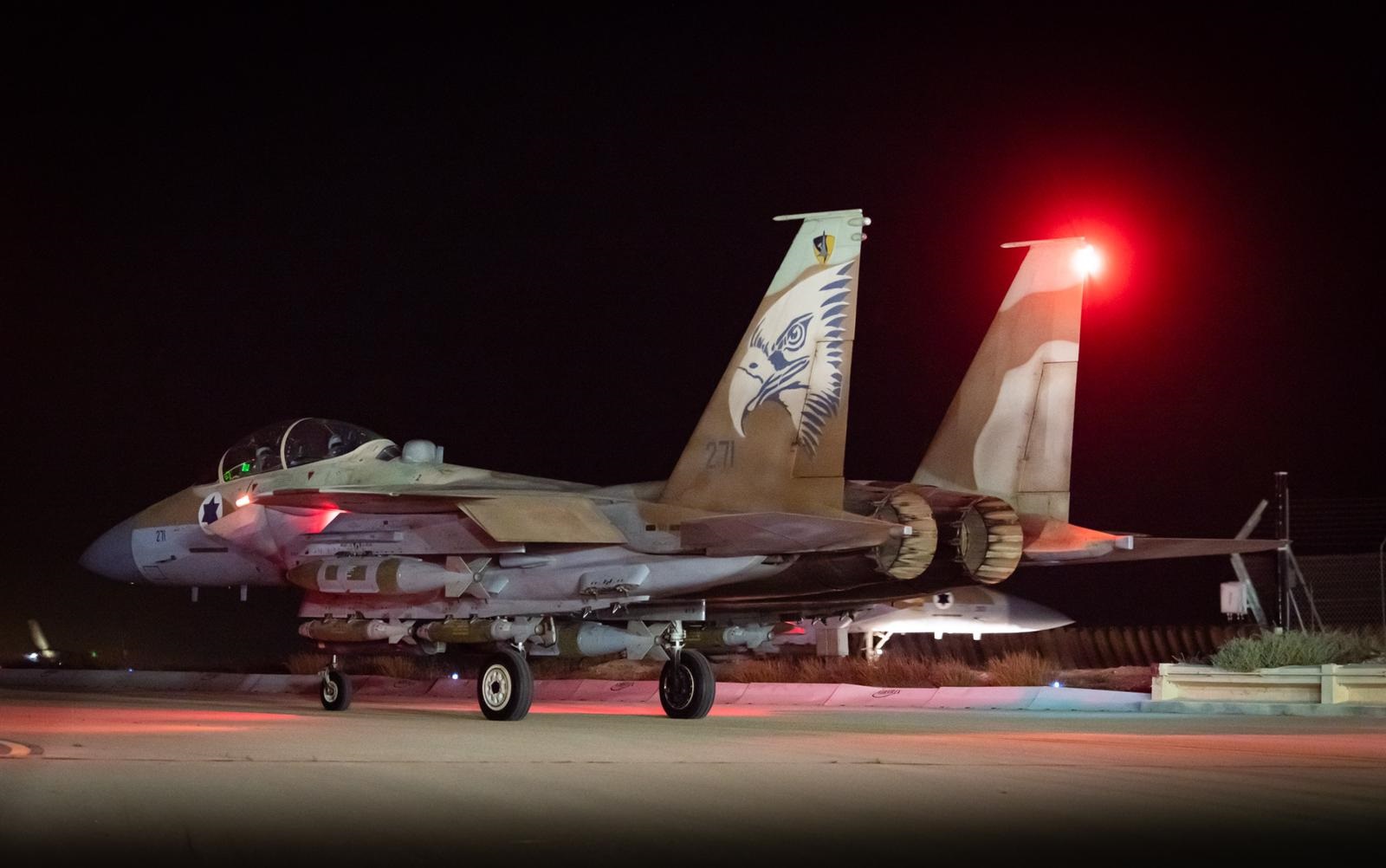
Photography: Amit Agronove and Shiri Eisen






